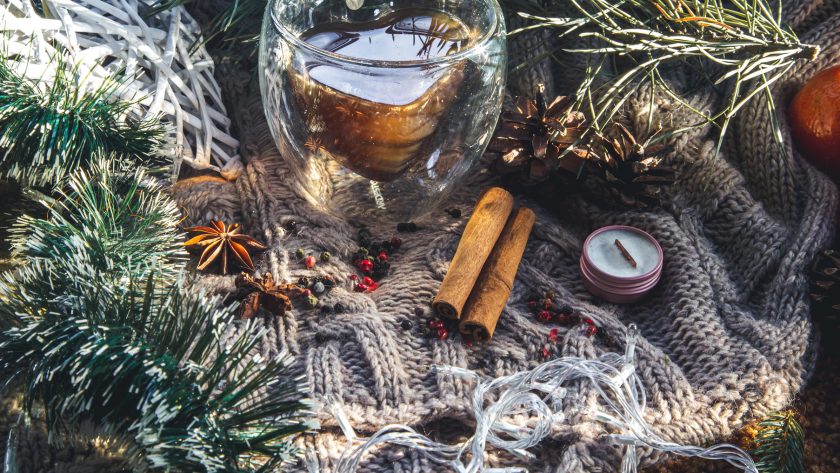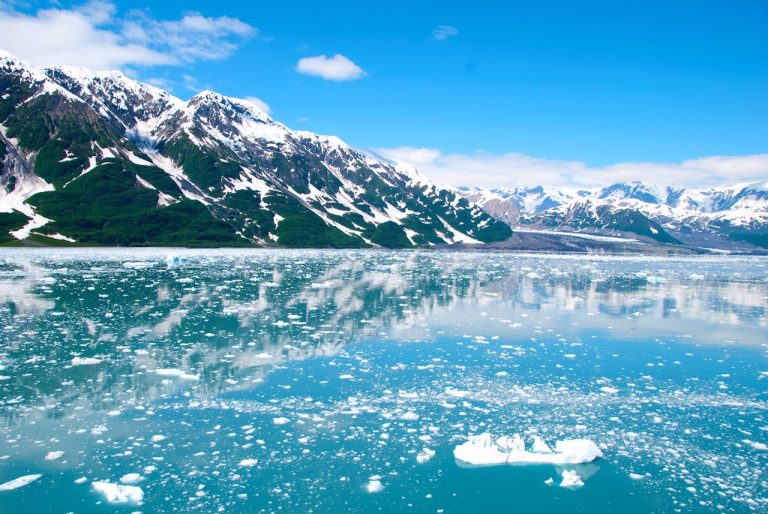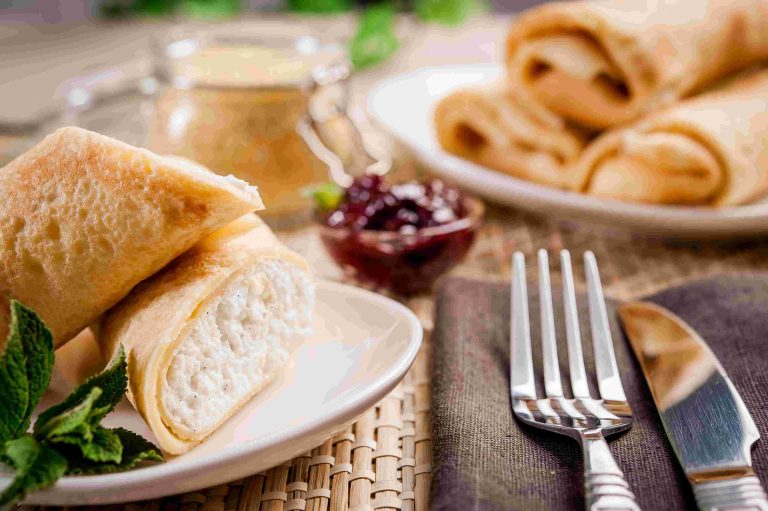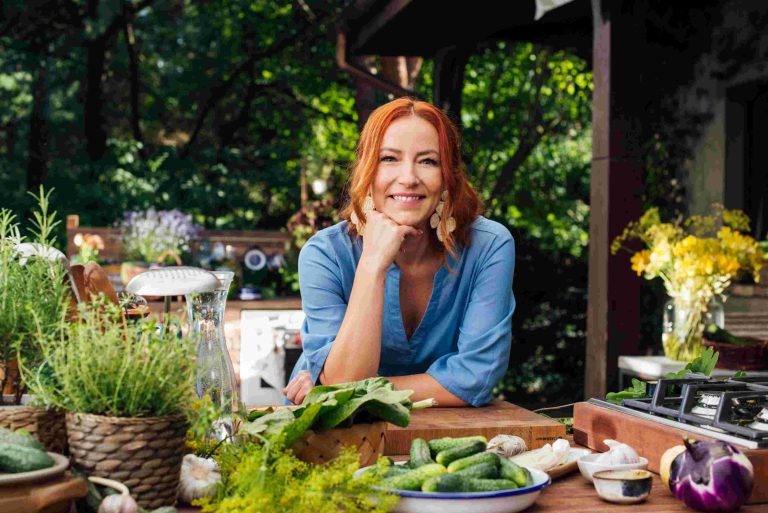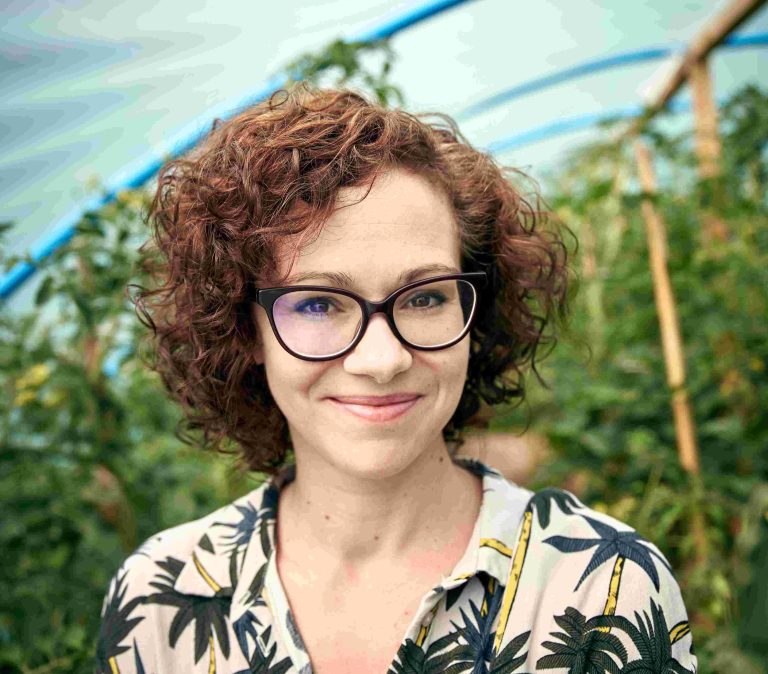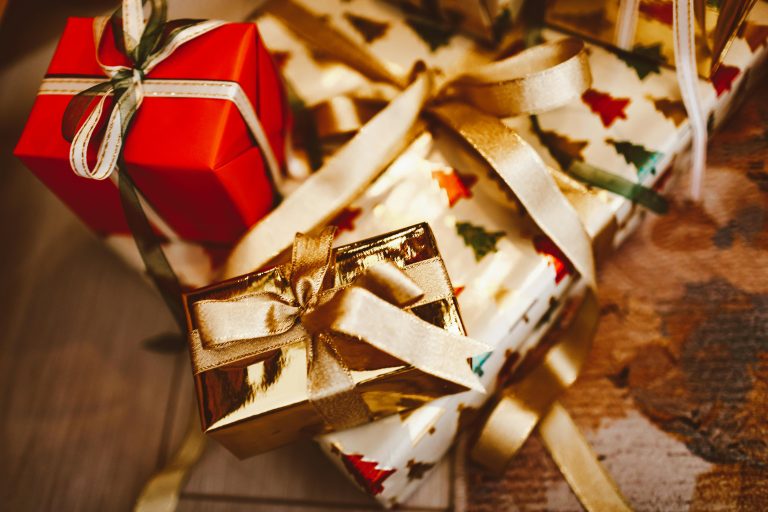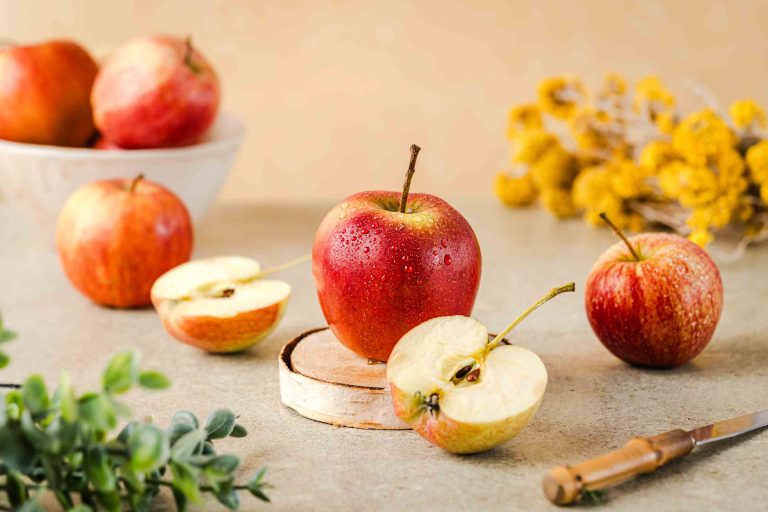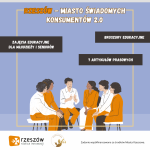Siberia – a harsh land with an extreme climate, where winter seems to last forever, was home to people from all over the world. Many of these people came to this area against their will, and yet even in such difficult conditions they tried to cultivate their traditions. The meeting of different cultures, rituals and cuisines created a unique mix, in which celebrating holidays together became not only a way to preserve identity, but also to survive. Holiday tables in Siberia were a testimony to this diversity. Traditions brought from the homeland intertwined with what nature provided – local ingredients, simplicity, but also ingenuity. Feasting together during the holidays was a way to maintain bonds and find a semblance of home in a distant land.
In Siberia, the holidays were not only a time of celebration, but also evidence of the incredible diversity of cultures that settled in these lands. Russian Orthodox Christians celebrated Christmas according to the Julian calendar, which meant that they celebrated on January 7. The traditional Christmas Eve dinner was a fasting feast, which could not be missed out on kuti – a sweet dish made of wheat, honey and poppy seeds symbolising abundance. In many homes, prayers were said before the holiday meal, and the hosts shared prosphora, a type of liturgical bread, and then washed it down with holy water. In turn, the Old Believers, who also lived in Siberia, in addition to traditional fasting dishes, prepared their own rituals, such as singing around a bonfire to ward off the evil spirits of winter. In their culture, special importance was attached to handmade decorations – every home had to be decorated not only with conifers, but also with symbols of abundance, such as dried fruit or ribbons.
The Tatar population, who professed Islam, although they did not celebrate Christmas in the traditional way, joined in with local customs. During the holidays, prepared dishes were often shared with neighbors, and children took part in games in the snow - regardless of their religion or culture. During this period, Tatar homes also held ceremonies inviting guests, which were intended to express the hospitality so characteristic of this culture. The Volga Germans, who came to Siberia during the resettlement, introduced their own Christmas traditions. Their homes had hand-decorated Christmas trees, and a popular custom was baking gingerbread, which was decorated and given away as a symbol of gratitude. Decorating the Christmas tree, although initially unfamiliar, became one of the favorite elements of the holiday. It was often done with family, accompanied by baked apples and nuts, which symbolized the warmth of the home. Each of these groups brought something of their own, creating a unique, multicultural Christmas mosaic. Although the roots of their traditions were different, the common denominator was the idea of sharing and cooperation – traits necessary for survival in the harsh Siberian conditions.
Siberian holiday tables were full of dishes that combined simplicity with creativity. In difficult conditions, where access to many ingredients was limited, residents were able to create dishes that not only filled but also pleased the palate. Fish from Siberian rivers, pickles prepared for the winter, mushrooms and berries were the basis of many dishes. Meat was a rare but valued ingredient. Another characteristic feature was working together in the kitchen. Making dumplings together, making bread or decorating cookies became one of the key elements of holiday preparations. It was these moments of preparation that had a special symbolism: they were a time when not only food was shared, but also stories, songs and folk songs, which differed depending on the ethnic group. In this way, traditions were maintained, but also bonds were built, which were very important in places where living conditions forced and required the cooperation and help of entire neighborhoods.
After many years spent in Siberia, the local traditions, both culinary and social, did not disappear. Returning to the homeland did not mean abandoning Siberian customs. Quite the opposite – longing for these traditions, for the taste and smell of those years, became part of the identity of those who settled permanently in Siberia and later returned to their countries. For many emigrants who lived in Siberia for generations, returning to their homeland was an opportunity to think about what of life there could become a part of their everyday life. What does not fade away are not only memories, but also… tastes. Longing for Siberian food, which was an inseparable element of everyday life, permeated new cultures. Memories of family meals prepared in the difficult conditions of Siberia, of dishes that warmed on frosty days, remained alive. Many of these flavors have been preserved and introduced to new places, becoming part of contemporary culinary traditions.
After returning to Poland, I missed the taste of Siberia, especially pelmeni. I knew I wasn't the only one, I met other people from there, we talked about how we can't find certain dishes in Poland. And I thought: there's no point in waiting for someone to do it. I started making pelmeni, it's a piece of our history that needs to be cherished - comments Sergiusz Czaczkowski, founder of the Weda company, which produces Mooroz flour products.
Returning to the country did not only mean trying to rebuild a life in new conditions, but also the desire to pass on to younger generations what was part of the Siberian heritage. It was then that Siberian dishes, such as dumplings with various fillings, began to become more widely known and had their place in every major celebration, including holiday celebrations. Although the newly built houses no longer resembled cottages in the harsh winter conditions of Siberia, the customs associated with cooking and sharing meals became the foundation of new traditions. As in the past, cooking together became an important element connecting families and neighborhoods. Over time, these Siberian dishes began to reach a wide range of people. Cooking together, making traditional dumplings, became one of those practices that are still alive, although their full cultural context is often not realized. These dishes brought from Siberia form a bridge between the past and the present, between memories of difficult times and modern, holiday moments of joy.
Weda Sp. z o. o. as the owner of the Mooroz brand is a company producing frozen products of Eastern cuisine. It is a dynamically developing enterprise that specializes in the production of traditional flour products, especially popular pelmeni. The company places great emphasis on quality, using proven, traditional recipes and carefully selected ingredients to ensure the authentic taste of Eastern cuisine.

